How To Adjust Binoculars?
Adjusting binoculars is a crucial skill for anyone who wants to get the most out of their optical device, whether for bird watching, stargazing, or any other activity that requires a clear and focused view. Properly adjusted binoculars can make a significant difference in the quality of the image you see, reducing eye strain and enhancing your overall experience. In this article, we will delve into the step-by-step process of adjusting binoculars, addressing common issues, and providing practical tips to ensure you achieve the best possible results.
Understanding the Basics
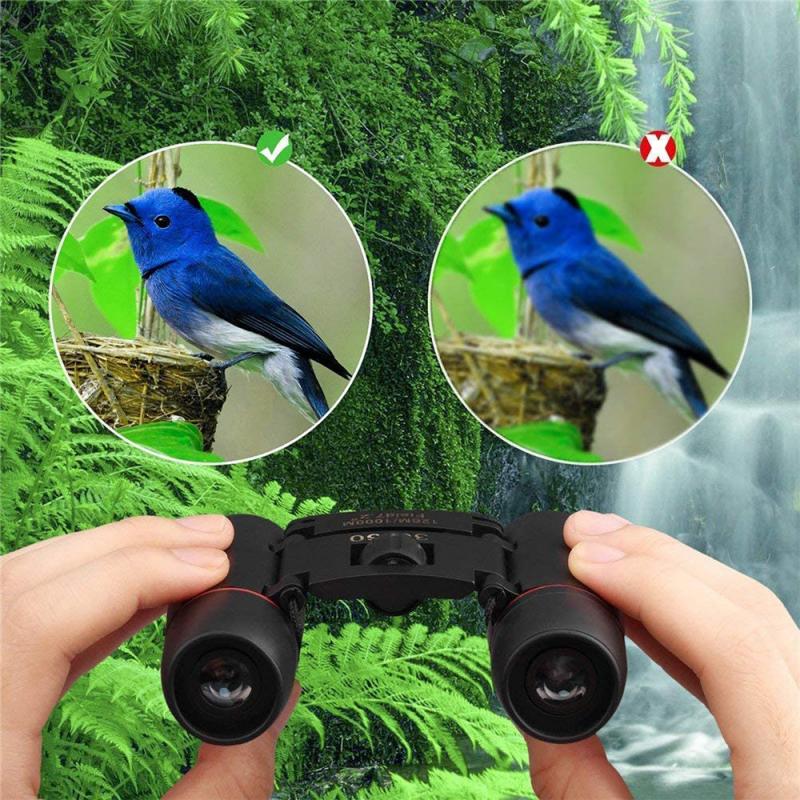
Before diving into the adjustment process, it's essential to understand the basic components of binoculars. Most binoculars consist of two parallel telescopes mounted side-by-side, each with an objective lens (the larger lens at the front) and an eyepiece (the smaller lens you look through). The central hinge allows you to adjust the distance between the two eyepieces to match the distance between your eyes, known as the interpupillary distance (IPD).
Step-by-Step Guide to Adjusting Binoculars
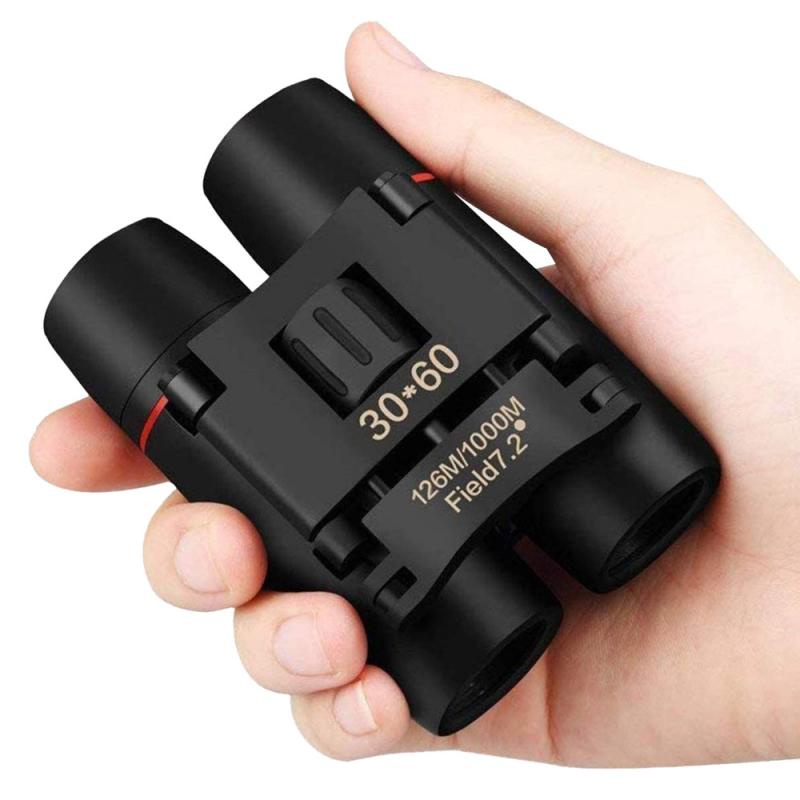
1. Adjust the Interpupillary Distance (IPD)
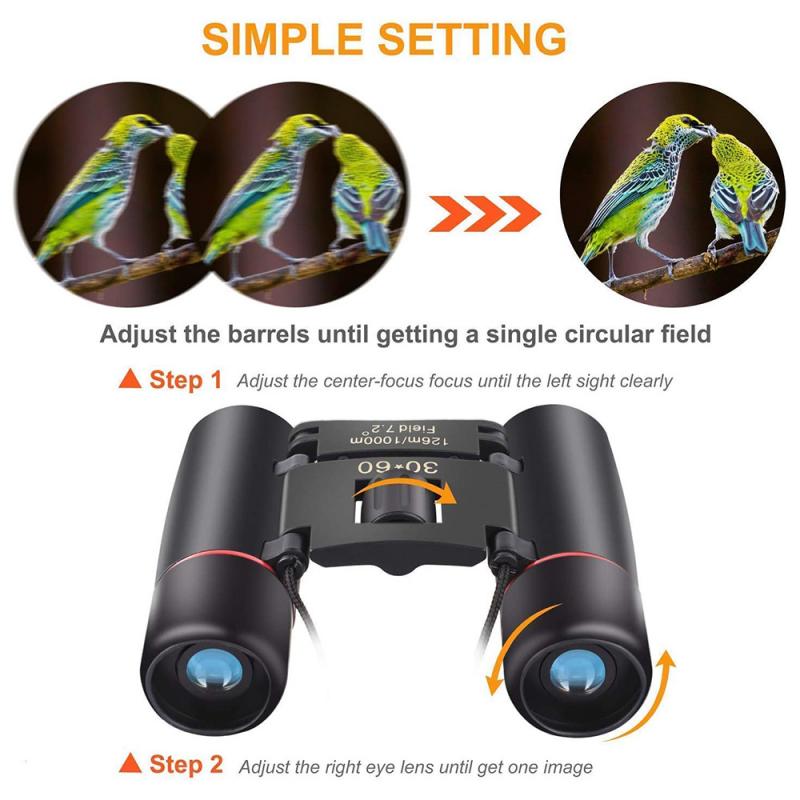
The first step in adjusting your binoculars is to set the interpupillary distance. This ensures that both eyepieces align with your eyes, providing a single, clear image.
- Hold the binoculars up to your eyes.
- Move the barrels closer together or further apart until you see a single, circular field of view. If you see two overlapping circles, continue adjusting until they merge into one.
2. Focus the Binoculars
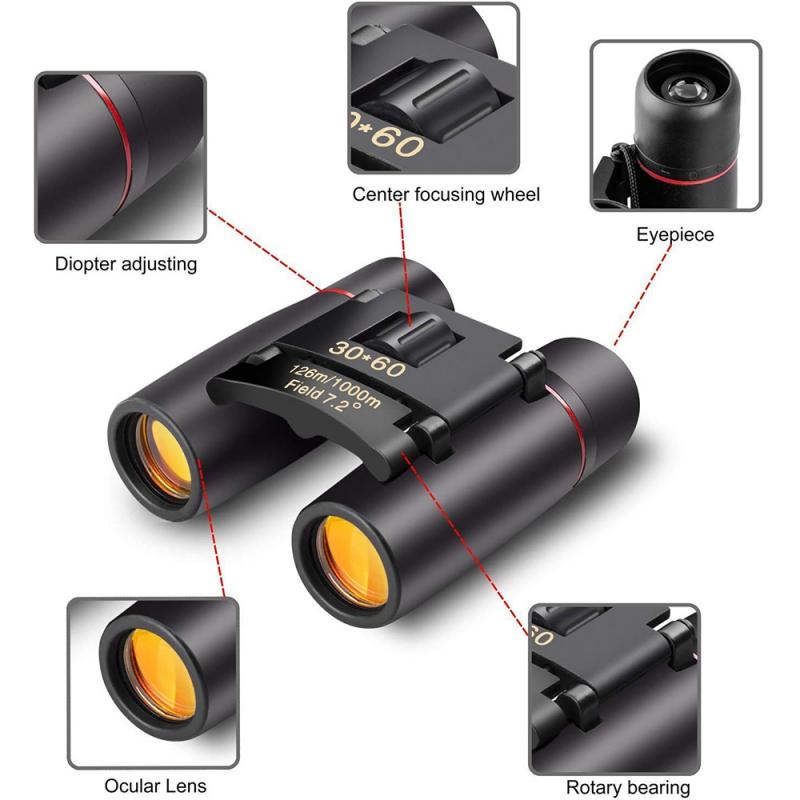
Once the IPD is set, the next step is to focus the binoculars. Most binoculars have a central focusing wheel and a diopter adjustment ring, usually located on the right eyepiece.
- Close your right eye or cover the right objective lens.
- Look through the left eyepiece with your left eye and use the central focusing wheel to focus on a distant object until it appears sharp and clear.
- Close your left eye or cover the left objective lens.
- Look through the right eyepiece with your right eye and use the diopter adjustment ring to focus on the same object until it appears sharp and clear.
3. Fine-Tune the Focus
After setting the diopter adjustment, you can use the central focusing wheel to fine-tune the focus for both eyes simultaneously. This step ensures that both eyes are perfectly focused, providing a clear and comfortable viewing experience.
Common Issues and Solutions
Even after following the steps above, you may encounter some common issues. Here are a few problems and their solutions:
Double Vision
If you see two overlapping images, it means the IPD is not correctly set. Re-adjust the barrels until you see a single, circular field of view.
Blurry Image
A blurry image can result from incorrect focusing. Ensure that you have properly adjusted both the central focusing wheel and the diopter adjustment ring. If the image remains blurry, check for dirt or smudges on the lenses and clean them if necessary.
Eye Strain
Eye strain can occur if the binoculars are not properly aligned with your eyes. Make sure the IPD is correctly set and that both eyes are focused. If you wear glasses, you may need to adjust the eyecups to a lower position or use binoculars with a longer eye relief.
Practical Tips for Optimal Use
To get the most out of your binoculars, consider the following practical tips:
Use a Tripod
For extended viewing sessions or when using high-magnification binoculars, a tripod can provide stability and reduce hand fatigue. Many binoculars come with a tripod adapter or can be mounted on a tripod using an adapter.
Keep Your Binoculars Clean
Regularly clean the lenses with a soft, lint-free cloth and a lens cleaning solution. Avoid using paper towels or other abrasive materials that can scratch the lenses.
Store Your Binoculars Properly
When not in use, store your binoculars in a protective case to prevent dust, dirt, and moisture from damaging the lenses and internal components.
Practice Makes Perfect
The more you use your binoculars, the more comfortable you will become with adjusting them quickly and accurately. Practice focusing on different objects at varying distances to improve your skills.
Adjusting binoculars may seem daunting at first, but with a little practice, it becomes second nature. By following the steps outlined in this article, you can ensure that your binoculars are properly adjusted, providing a clear and comfortable viewing experience. Whether you're a seasoned bird watcher or a casual stargazer, well-adjusted binoculars can significantly enhance your enjoyment and appreciation of the world around you. So, take the time to adjust your binoculars correctly, and you'll be rewarded with stunning, crystal-clear views.

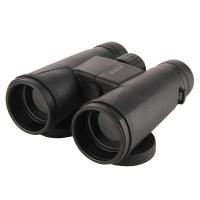



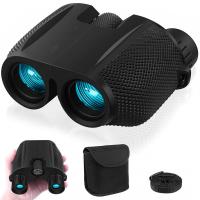

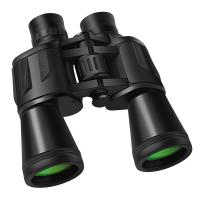
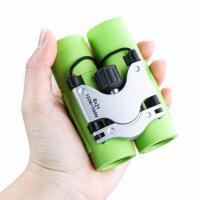

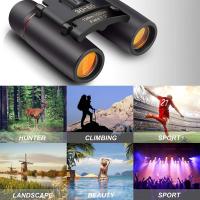

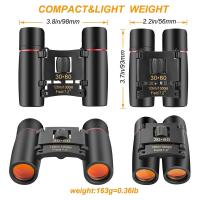


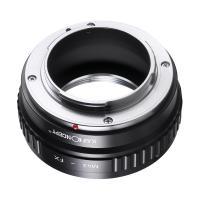



There are no comments for this blog.